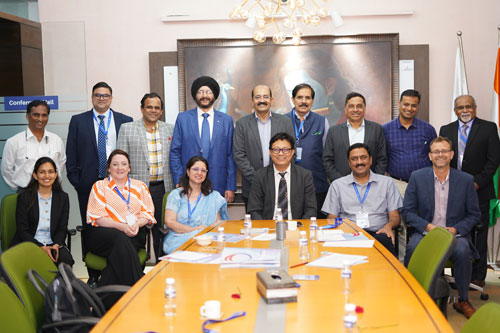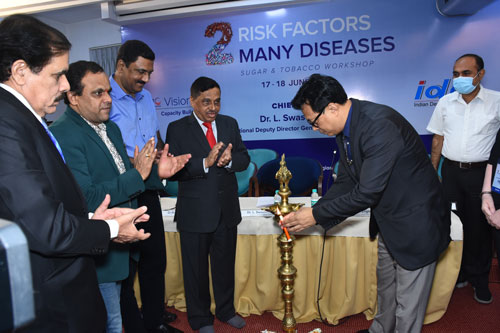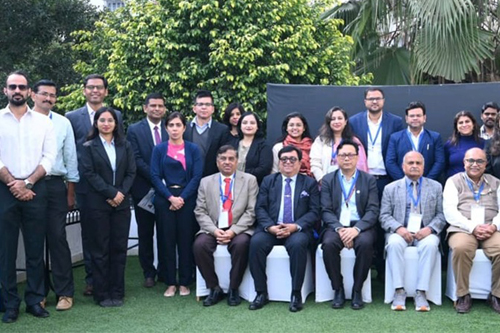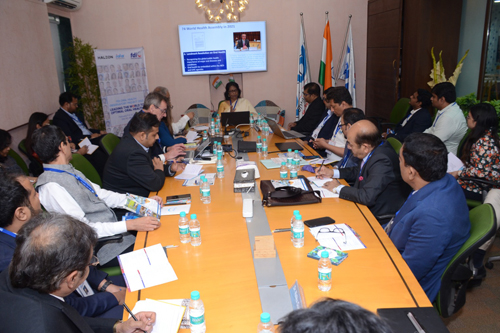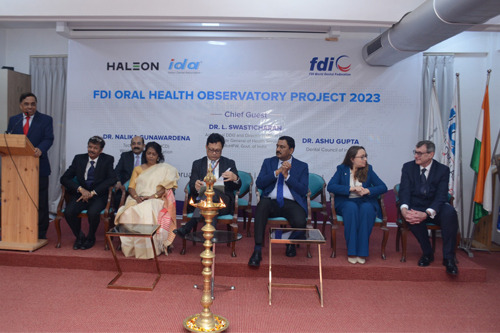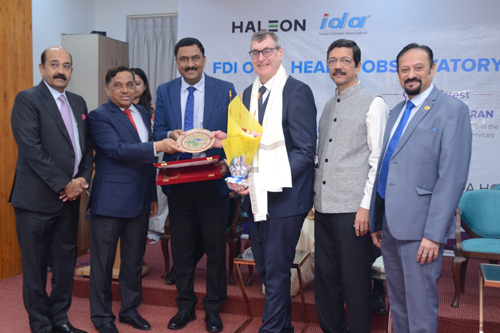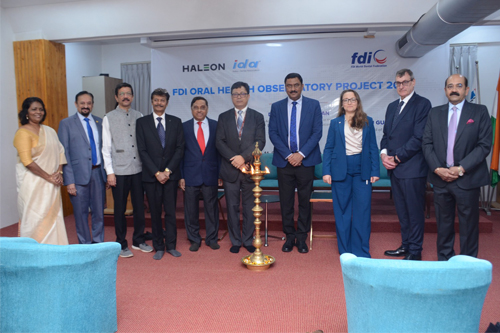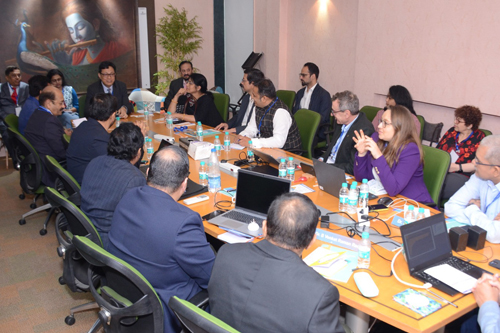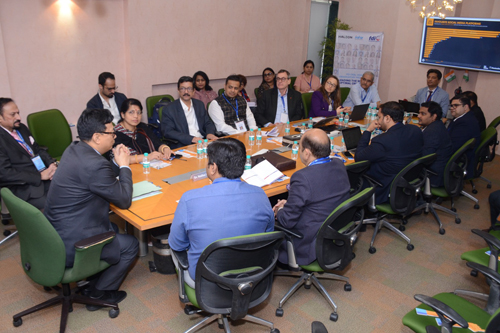What is CRISPR and How Could it Change Dentistry?
CRISPR is an acronym that stands for Clustered Regularly Interspaced Short Palindromic Repeats. The name is a mouthful, but it essentially refers to a programmable protein that can modify, delete, and turn on/off genes. Yes, scientists have developed technology that allows them to change genetic code, including human DNA. This research has so many possible applications, as well as risks that it appears we are on the verge of a new era in contemporary medicine.
It operates by using Cas proteins, which are commonly utilized by bacteria to destroy viral DNA as well as seek out DNA in other situations. In other words, the Cas proteins function as a DNA locator system that scientists can control to discover whichever piece of DNA they want. Once there, the Cas proteins can be programmed to cut out a specific gene, switch it on or off, or replace it with something completely different.
Although this technology is in its nascent stage, there are ongoing discussions among scientists about how and whether CRISPR should be utilized at all. While the ability to change the human genetic code may appear wonderful, it is something that could have unforeseen and unexpected ramifications for future generations. To say the least, the ethical challenges that this technology brings are astonishing.
Despite this, scientists around the world are making progress in the development and research of this revolutionary technology. CRISPR will almost certainly have a significant impact on the medical and dental sector.As dental professionals, you may be interested to learn that CRISPR technology offers a number of possible applications in dentistry, all of which have the potential to profoundly alter dentistry as we know it. It could be a long time before such uses are put to use in a therapeutic setting. The controversial nature of CRISPR, along with the fact that it is a brand-new technology whose potential is only now being investigated, means that developing and implementing CRISPR treatments in the dental industry could take few years.
Use in Dentistry:
Oral pre-cancer and Cancer conditions: A study in China was performed with21 OSCC cell lines, primarily derived from Asians; to identify genetic vulnerabilities that can be explored as therapeutic targets in its clinical trials stage now awaits to explore results.Many types of cancer now have 'targeted treatments', which specifically home in on genes cancer cells rely on for survival. But there are handful treatments available for the most common type of mouth cancer, oral squamous cell carcinoma, which around 350,000 people are diagnosed with each year. Uncovering the genes associated with oral squamous cell carcinoma opens the way for the development of new targeted treatments.
Preventing Plaque Formation:
Some early studies are being performed already on the bacteria that make up the human oral microbiome. Surprisingly, researchers have employed CRISPR technology to alter the functioning of S. Mutans in such a way that their creation of this matrix is disrupted, effectively inhibiting biofilm development. Even when these advances would have a huge impact on the dentistry field it is crucial to remember that, while these studies seem promising, they are still in the early phases, and much more study is needed to bring technologies like this to fruition.
Reduction/prevention of Dental Caries and Periodontal Disease: In the same way that modern dental hygiene and other prevention methods reduced the incidence of tooth decay and periodontal disease, so could CRISPR technology.
If researchers are successful in creating a CRISPR treatment that prevents biofilm formation, the resulting drop in dental caries and periodontal disease development would be unprecedented.
Currently, CRISPR’s full potential remains unfolded. However, this fascinating technology might just change the world, and we should all be keeping an eye on its progress.
Original Source: ByChristine Colfer, RDH Revision: Dr. Dharti Chopda, Research Officer IDA.
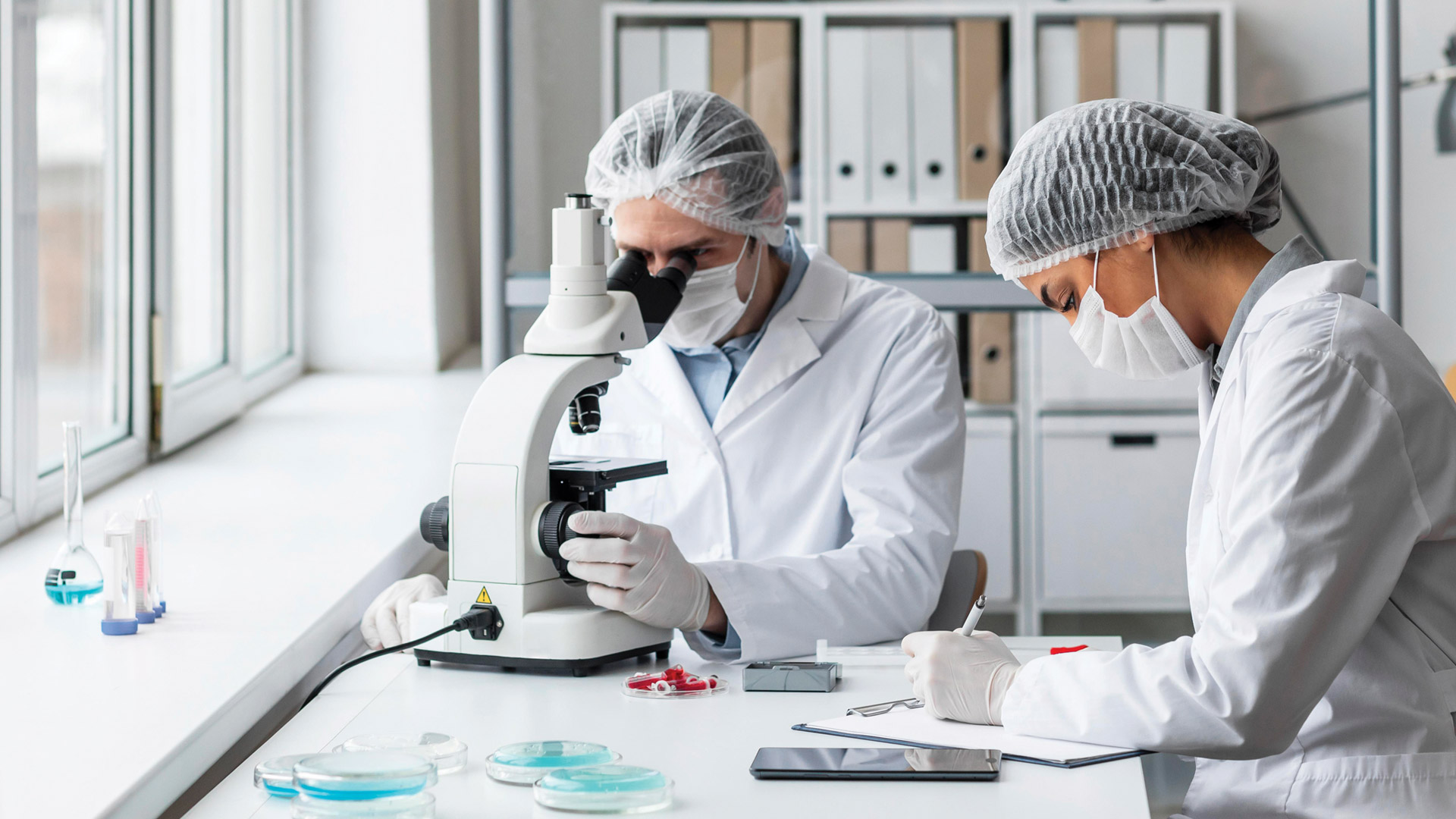







[0]}})

